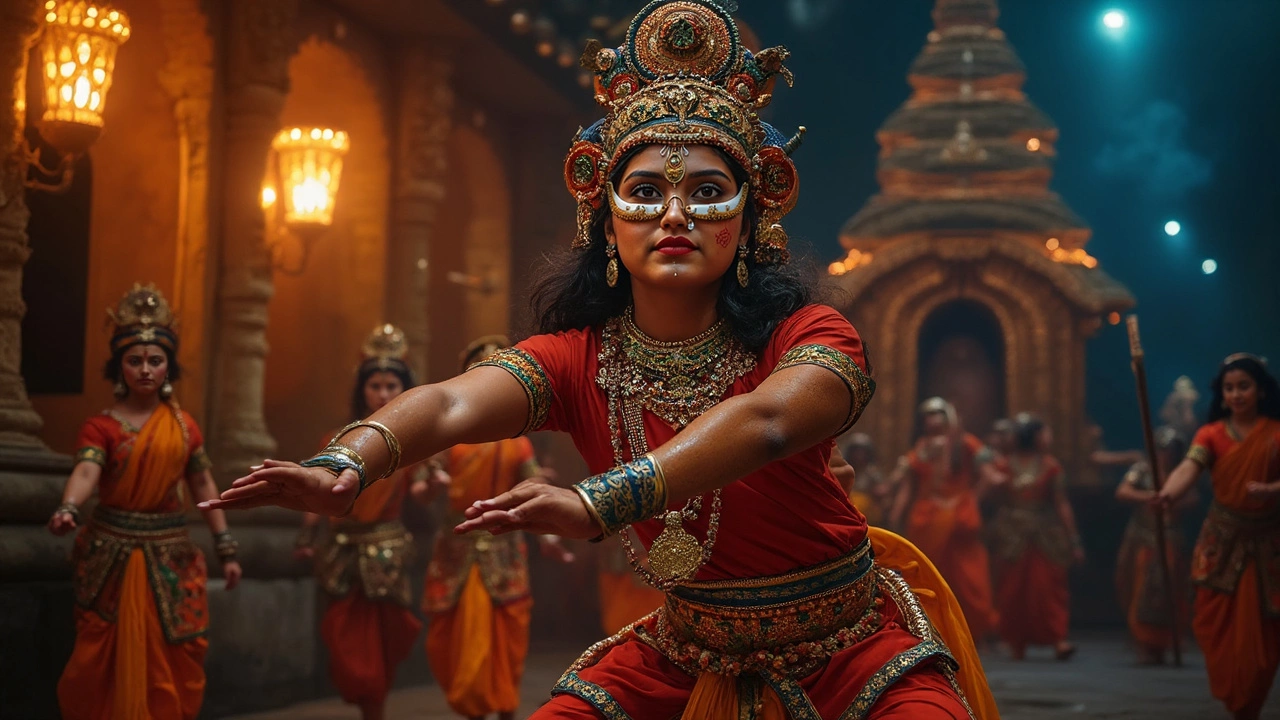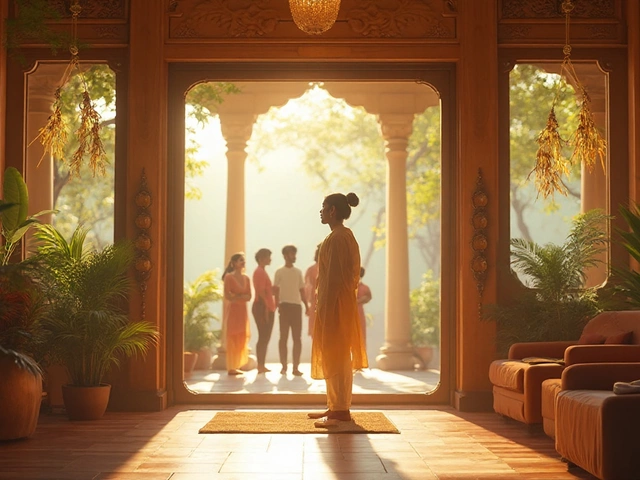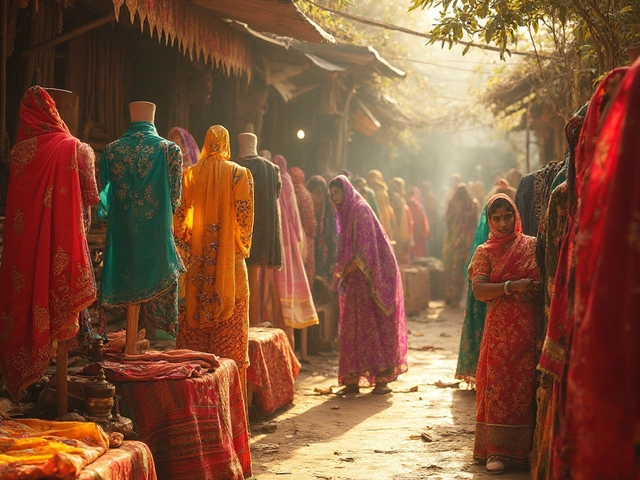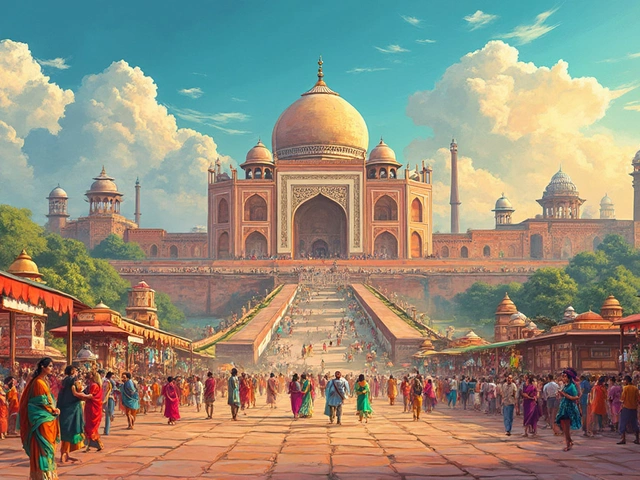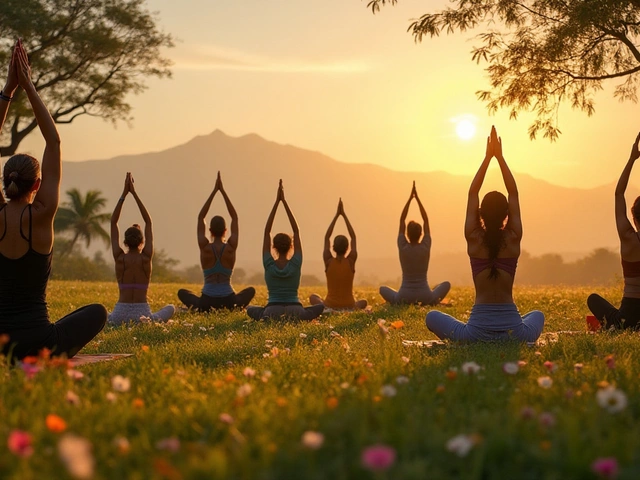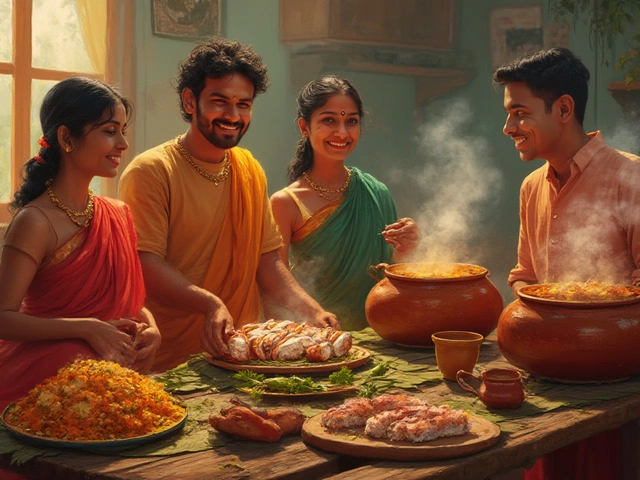Cultural Dance in India: Traditional Forms, Regional Styles, and Living Traditions
When you think of cultural dance, a living expression of India’s regional identity, spirituality, and community celebration. Also known as traditional Indian dance, it’s not just movement—it’s history in motion. From the temple courtyards of Tamil Nadu to the harvest fields of Punjab, cultural dance in India isn’t performed for applause. It’s offered—as prayer, as memory, as identity.
Each state has its own rhythm. In the north, Bhangra, a high-energy folk dance from Punjab tied to harvest festivals and community joy. Also known as Punjabi folk dance, it uses dhol drums and bold leaps that echo the land’s agricultural heartbeat. Down south, Bharatanatyam, a classical dance form from Tamil Nadu rooted in temple rituals and ancient texts like the Natya Shastra. Also known as South Indian classical dance, it tells stories through hand gestures, footwork, and facial expressions that have barely changed in over a thousand years. In the east, Odissi flows like water, while in the west, Garba swirls in circles under moonlight during Navratri. These aren’t performances you watch—they’re traditions you feel.
What makes these dances different from modern styles? They’re tied to seasons, gods, weddings, and harvests. You won’t find Bhangra in a gym class unless it’s being taught by someone who grew up in a Punjabi village. You won’t see Bharatanatyam performed without the right mudras—or without the singer chanting the same verses that were sung centuries ago. These dances carry the names of ancestors, the scent of incense, the sound of temple bells. They’re not relics. They’re alive—in village squares, in school auditoriums, in homes where grandmothers still teach grandchildren the steps before Diwali.
And yes, they’re evolving. Young dancers mix Bhangra with hip-hop. Classical forms get staged in New York and London. But the core stays: every step is still a connection—to land, to language, to lineage. Whether you’re learning the simplest folk step or mastering the intricate footwork of Kathak, you’re not just dancing. You’re stepping into a story older than most nations.
Below, you’ll find real guides on what dance forms are easiest to start with, how regional styles differ, and why some dances are still performed exactly as they were 500 years ago. No fluff. Just the movements that matter.
